As that linking document, the Amazon Route 53 is a DNS service which helps to make that connection between domain names and IP addresses. You could simply take it as a domain register just like GoDaddy.
Azure Traffic Manager is a DNS-based traffic load balancer that enables you to distribute traffic optimally to services across global Azure regions, while providing high availability and responsiveness. When you are using Azure Traffic Manager with AWS Route 53. You will set the public website FQDN as the endpoint of the Azure Traffic Manager.
The main process will work like this.

You could have an alias for your Traffic Manager DNS name or not. I suppose you have not a CNAME record to map your TM DNS name.
When the client query the TM DNS name like yourtm.trafficmanager.net, to resolve DNS name, the recursive DNS service finds the name servers for the trafficmanager.net domain, which are provided by the Azure Traffic Manager service. It then sends a request for the yourtm.trafficmanager.net DNS record to those DNS servers. The Traffic Manager name servers receive the request. They choose an endpoint based on the routing rules like step 4 in the picture. If the chosen endpoint is the website endpoint which is using Route 53, TM returns the chosen endpoint as another DNS CNAME record like www.contoso.com. Next, the recursive DNS service finds the name servers for the contoso.com domain. It contacts those name servers Route 53 to return the IP address of record www.contoso.com like the step 6.7.8 in the process.
In the end, the client receives the DNS results and connects to the given IP address. The client connects to the application service endpoint directly, not through Traffic Manager.
